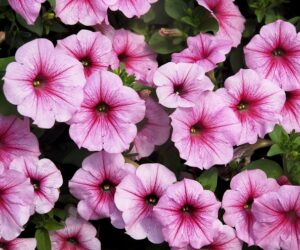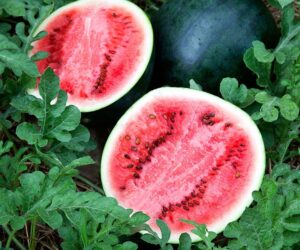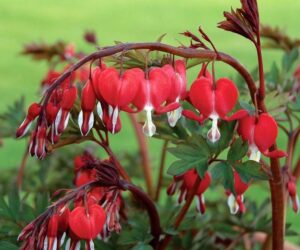Autumn is a perfect time for planting a vegetable garden or start growing some herbs. You can also plant new trees and shrubs or some flowers. Keeping your garden going throughout the winter has many benefits. It will supply you with some fresh vegetables, and you will spend some time outside in the fresh air.
Gardening can also be a good exercise and stress reliever. Be sure, though, that you choose pots made from sturdy metal, plastic, or fiberglass.
Read on to get more information about planting this time of the year.
1. Planting

Via leith-community-crops-in-pots.org
Soil is still warm enough for some planting during the autumn months. You can choose to grow many delicious herbs and veggies or plant fruit trees during this time and Fresno tree experts can help for tree planting advice.
If the plants, appropriate for autumn planting, will have proper care, enough water, and nutrients, they should thrive normally. Do some research and find some metal and steel planters that will be perfect for your plants. This ensures the planting process goes smoothly and they are protected throughout the season.
If the plants, appropriate for autumn planting, will have proper care, enough water, and nutrients, they should thrive normally.
2. Fertilize

Before you plant a new round, you should replace the lost nutrients that have been used during summer gardening . You can add your own compost to the soil. It will provide healthy winter crops. If you didn’t make compost, you could also buy some organic fertilizers.
3. Vegetables for winter harvest

Via gardenofeaden.blogspot.com
You can plant many different vegetables early in the autumn. Plant spinach, beetroot, broccoli, cabbage, onions, broad beans, spring onions, kale, carrots, turnips, radish, lettuce, cauliflower, brussel sprouts, chinese cabbage, leeks, parsnip, pea, radish, and shallot.
4. Fruit trees

Via www.saga.co.uk
Prune your trees, and you can also add some fertilizer to the soil. Protect grapevines with bird nets. Autumn time is perfect for planting new fruit trees. Mix some compost into the soil and take care of good drainage. Choose the spot with a lot of suns and enough space.
5. Planting herbs

You can grow many different kinds of herbs during early autumn time. It is recommended to plant them into a container so that you can bring them in if it gets too cold. You can choose between thyme, mint, parsley, sage, rosemary, chives, coriander, and cilantro.
6. Planting flowers

There are many different flowers that are more tolerant to the cooler weather. You can plant them in pots or hanging baskets. Choose among flowers like pensies, winter viola, red poppy, calendula, lobelia, carnations, alyssum, etc.
7. Protection against cold

Via digitorganicgarden.blogspot.com
If there is a threat of an early frost, you can protect your seedlings by creating a growing tunnel. You can also cover leafy plants with cloches. Think also about your pots. Store ceramic and terra cotta pots in a cool, dry place where there is no freezing danger.
8. Pests

Aphids and whiteflies can visit your garden even during autumn, which is also a time for increased caterpillar activity. There are also many slugs and snails during the autumn months, so make sure that you protect your young seedlings. Protect your plants by covering them with a mosquito net.
9. Problems

Via www.farmersalmanac.com
A number of things can go wrong with a plant growing even during autumn time. There is a threat of frost, so make sure to follow the weather forecast and act appropriately soon enough. If there is heavy rain after the drought, there is a possibility for the root vegetables to split. Also, some leafy crops can bolt after experiencing stress.
10. Adding nutrients

Via www.hmseeds.co.uk
If you decide that you don’t want to grow anything over the autumn and winter months or plan to leave some areas free in your garden, you can plant a mustard seed or some green manure crop to add nitrogen-rich organic matter back into the soil.



